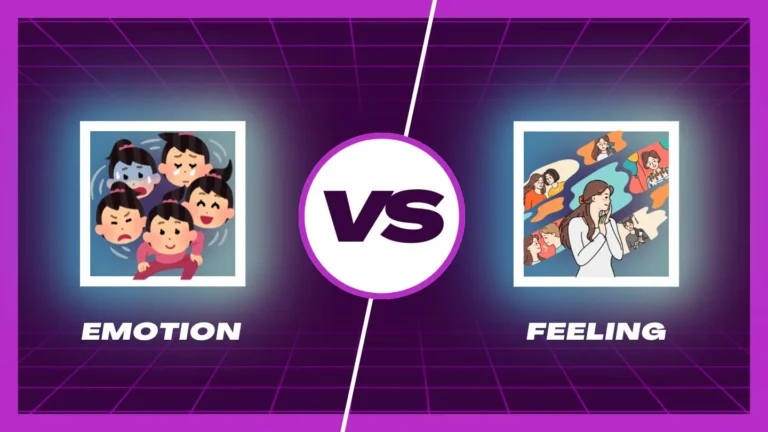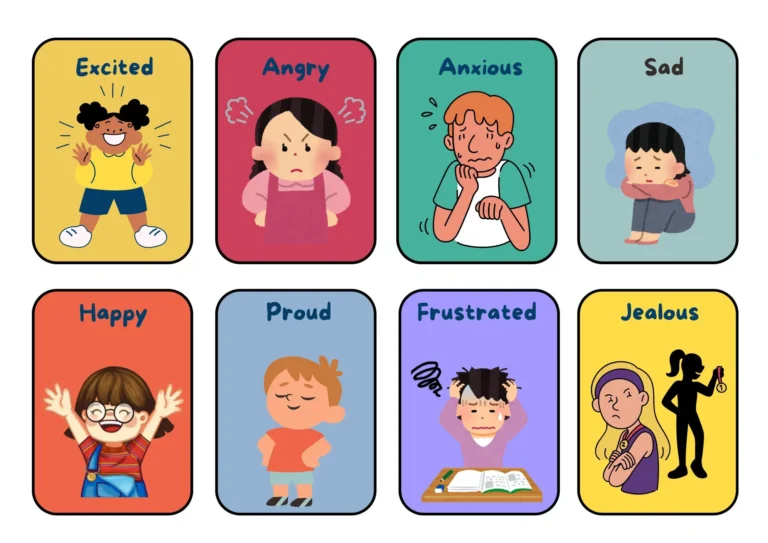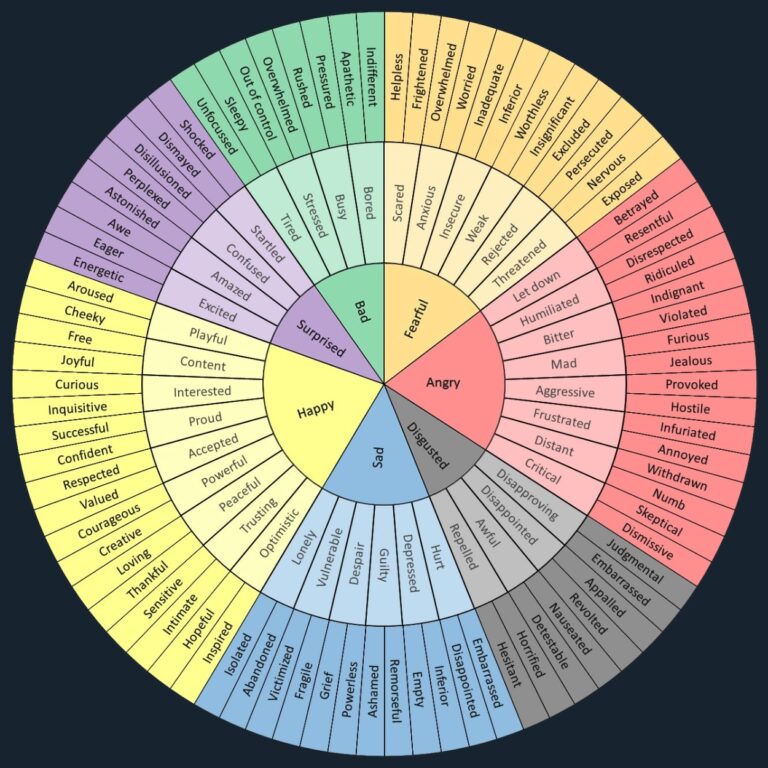Some say that eyes are the windows to the soul. Indeed it is true that there exists a wide range of eye colors that are quite astonishing; from dark browns to light blues.
In this blog post, we will take a closer look at the eye color wheel a cool tool that shows all the different shades. Whether you’re curious about what makes eye colors different, love art, or just find human features fascinating, the eye color wheel has something for you. Let’s dive into the science, meaning, and beautiful diversity of eye colors together.
color wheel for eyes
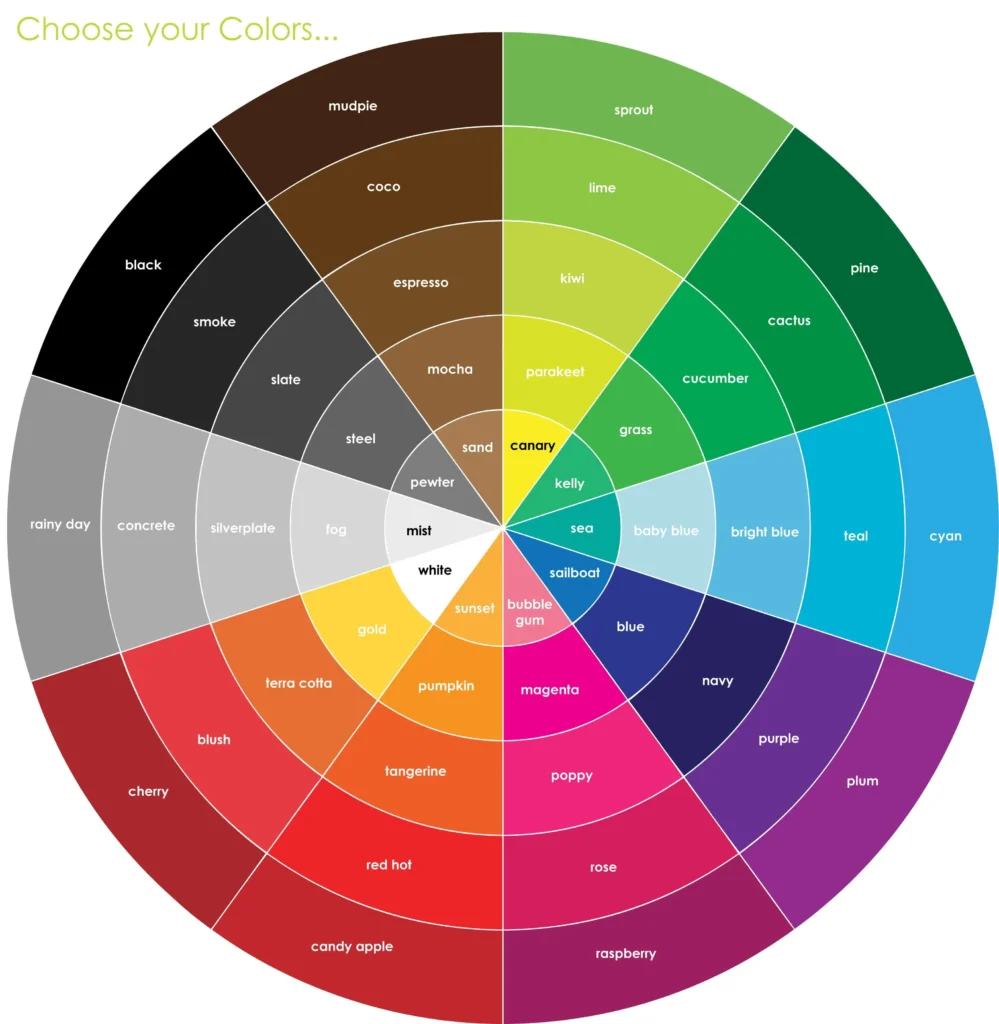
An eye color wheel is a way to visualize the range of eye colors in a circle, similar to the color wheels artists use. Instead of showing primary and secondary colors like red, blue, and yellow, this wheel displays different shades of brown, blue, green, hazel, amber, and even rare colors like grey and violet.
The eye color wheel illustrates the interrelation of different eye colors and their positions along the spectrum. It is a perfect tool for all kinds of artists, designers, or anyone who loves color, as it accentuates the exceptional charm of every eye shade. Moreover, it is interesting to see where one’s eyes fit in this picture.
Read More – hair color wheel
Main Categories of Eye Colors
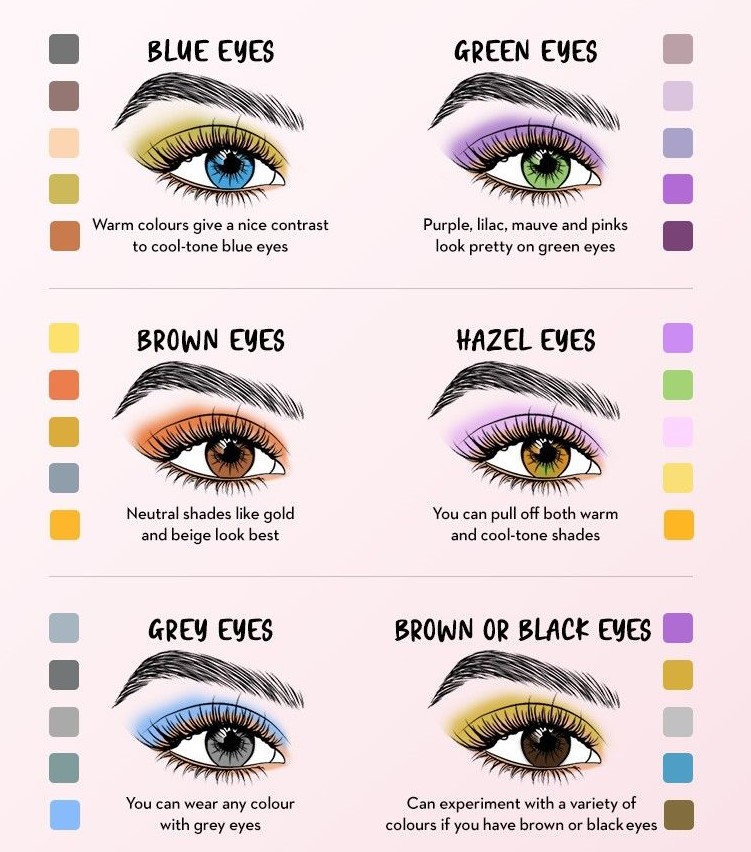
Brown Eyes
Throughout the world, brown is the most common eye color. This is due to the abundance of melanin in the iris, giving brown eyes their deep, rich appearance.
The shades of brown can vary significantly depending on a person’s ancestry, ranging from light amber to mahogany to nearly coal-black. Brown eyes are predominant in African, Asian, and American populations, making this eye color very familiar across these continents.
People with brown eyes often feel a deep connection to their heritage especially during moments of heightened emotional significance, though individual experiences can vary.
Green Eyes
One of the least common eye colors is green. This rare shade appears thanks to a moderate level of melanin and an interesting way the pupil disperses the light into this bright and noticeable shade of green.
Most typically these eyes are found on individuals whose ancestors come from Western Europe – particularly Ireland and the central parts thereof. All this has added more mystery to the greenness of these eyes making them attract people’s attention so much that they feel like looking into them again and again.
Hazel Eyes
Hazel eyes are a stunning mix of colors, often looking like a blend of brown, green, and amber. This unique eye color comes from moderate melanin levels and a yellow pigment called lipochrome.
Hazel eyes can seem to change color based on the lighting and what the person is wearing, giving them a dynamic and unique appearance. You can find hazel eyes in people from many different parts of the world.
Amber Eyes
Amber eyes are similar to hazel but have a more golden or coppery hue. This eye color is caused by a higher amount of lipochrome in the iris. Amber eyes are rare and have a warm, glowing quality that can sometimes look almost supernatural. They are most commonly found in individuals from Asian, South American, and Spanish backgrounds.
Grey Eyes

Grey eyes are another rare eye color, often mistaken for blue eyes. However grey eyes have even less melanin than blue eyes and a different light-scattering pattern giving them a silver or smoky appearance. Grey eyes are most commonly found in people of European descent and can change from light grey to a more charcoal tone depending on the lighting and mood.
Unusual and Rare Eye Colors
Some eye colors are extremely rare and occur due to unique genetic conditions. For example, red or violet eyes can occur in people with albinism due to the lack of pigment in the iris, allowing blood vessels to show through. Heterochromia, where a person has two different colored eyes or variations within one eye, can also occur due to genetics, injuries, or diseases.
The Science Behind Eye Color
Understanding eye color science starts with genetics, melanin, and light perception. It’s a blend of these elements that generates a variety of colors in people’s eyes.
Genetics
Eye color is primarily determined by genetics, with multiple genes playing a role in the ultimate hue. The two main genes involved are OCA2 and HERC2, located on chromosome 15.
These genes influence the amount and type of pigments produced in the iris, which is the colored part of the eye. While it was once thought that brown eye color was dominant over blue, modern genetics has revealed a more complex interplay where various combinations of alleles (gene variants) can result in a spectrum of colors.
Melanin
Melanin is the pigment responsible for the color of our eyes, skin, and hair. There are two types of melanin in the eyes: eumelanin (which is brown-black) and pheomelanin (which is red-yellow).
The concentration and distribution of these melanins within the iris determine eye color. Brown eyes, for example, have high amounts of eumelanin, while blue eyes have lower melanin levels, allowing more light to scatter and create the blue hue through a phenomenon called Tyndall scattering.
Light and Perception
The perception of eye color is also influenced by how light interacts with the iris. In lower light conditions, eyes might appear darker, while bright light can bring out their true color. Furthermore, the iris itself in its structural form performs a hand in how light is taken in by the eye through absorbing or reflecting, thereby changing what we visually perceive as eye color.
